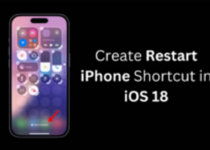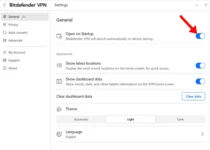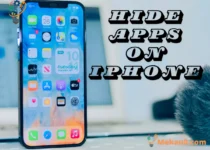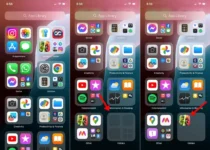How to Fix A Phone That Fell In Water
In recent years, mobile phone companies have gradually started adding water resistance features one by one, and although this feature is becoming very popular today, many phones are still vulnerable to falling from the water.
Even phones designed to be water-resistant can be damaged in some cases for many different reasons.
In fact, regardless of whether or not the phone is waterproof, it is better not to test it yourself and try to avoid it at all.
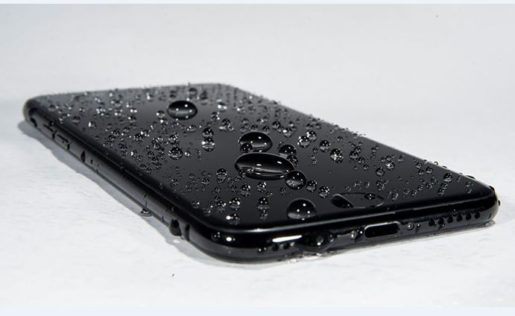
The main reason for the seriousness of the faults resulting from the entry of water to the phone is that it is usually difficult to repair, and in many cases these malfunctions are final and there is no hope for repairing them, so many companies usually follow a policy of not repairing or ensuring that any phones are damaged due to fluids, Even if the phone is waterproof according to specifications.
In any case, assuming that you did not pay attention and that you were unable to protect your phone from falling into the water or spillage of some liquid on it, you should follow these steps as soon as possible.
What to do if a waterproof phone falls into the water:
Even if you have a waterproof phone recently, this does not mean that things will be fine. Simply there might be a manufacturing error, or the phone presses your pocket a little, causing the adhesive to separate even in a small way, or the phone suffers from a broken glass or screen, for example.
In any case, you should carefully check the following things in case your phone is exposed to water:
Steps to save the phone if it fell into the water
How to Fix A Phone That Fell In Water
- Turn off the phone if you suspect it is damaged.
In the event that water is suspected of entering the phone in any way, you should immediately turn off the phone to avoid any short circuit or major damage. - Check the body of the phone for fractures or damage.
Pay attention to the body of the phone and ensure that there are no fractures or separate glass from the metal, and in the event of a problem, the phone should be treated as not waterproof and move to the second half of the article. - Remove any removable items (such as battery or outer cover).
Remove headphones, charging jacks, or the like, and if the phone is able to remove the back cover and battery, do so as well. - Dry the phone from the outside.
Clean the phone well from all directions, especially since liquids can leak inside, such as screen ends, back glass, or multiple holes in the phone. - Dry the larger holes in the phone carefully.
Ensure that all holes on the phone dry well, especially the charging port and headphones. Even if the phone is water resistant, salts may precipitate there and cause a small electrical circuit that interrupts the outlet or sabotage certain tasks, such as charging or transmitting data. - Use safe methods to remove moisture from the phone.
Do not place the phone on a heater, under a hair dryer, or in the sun directly. Simply use napkins or for more certainty, you can put the phone in a tight bag with some silica gel bags (which usually come with new shoes or with clothes to pull moisture out). - Try turning on the phone and making sure it works.
After leaving the phone in a sorbent for some time, try turning it on to make sure it’s working properly. Ensure that the charger, display, and speaker may be damaged.
What to do if the phone falls into the water and is not resistant to it
Whether the phone was originally not waterproof or designed to be waterproof, but external damage allowed the water to leak into it. Perhaps the most important point is the speed that is eliminated, because time is so important and every additional second spent under the phone greatly increases the risk of permanent damage.
Of course, you must immediately pull out the phone and remove it from the water (if it is connected to the charger, immediately unplug the plug to avoid danger), then you must follow the following steps:
Turn off the phone and remove everything that can be removed
When the phone turns off without currents in it, the risk of damage is greatly reduced in practice, as the primary risk becomes erosion or formation of salt deposits. But if the phone is left turned on, water droplets can transfer electricity and cause short circuits, which is the worst that could happen to a smartphone, of course.
It is very important to immediately turn off the phone without any waiting, and in the event that the battery is removable, it must be removed from its place, of course you must remove the SIM card, memory card and anything else connected to the phone. This process protects these parts on the one hand, and also allows more space available to remove moisture from the phone later, reducing the risk to them.
Dry the external parts of the phone:
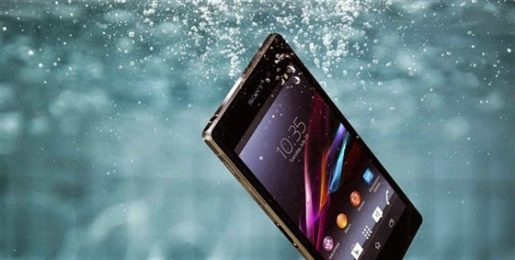
Tissue paper is usually the best option for this, as it draws water more effectively than fabrics and moisture marks that appear on it easily. In general, this process does not require any effort, just wipe the phone from the outside and try to dry all the holes in the best possible way, but beware of shaking or dropping the phone, for example, since moving water inside the phone is not a good idea and may increase the possibility of a malfunction .
Try to pull moisture out of the phone:
One of the common but most damaging methods of dealing with phone dropping in water is the use of a hair dryer. In short, you should not use a hair dryer because it will burn your phone and cause harm if you use the hot mode, and even the cold mode will not help because it will push the water drops in more and make it difficult to dry out at all. On the other hand, what might be useful is clouds.
If the phone is removable from the back cover and the battery, the vacuum cleaner can be used to draw air within a few centimeters of it. This process will not be able to draw the water itself, but rather, passing air in the phone’s structure helps to withdraw moisture in the first place. Of course, this will not help you with a silently-locked phone, and conversely, it may be harmful to drag near sensitive slots such as the handset.
Try to get wet phone wet:
After leaving the phone in a liquid absorbent material for 24 hours, the operation stage will come. First of all you have to try it using the battery without connecting the charger.
In many cases the phone will work here, but in some cases you may need to plug the charger to work or it will not start at all.
It should be noted that the fact that the phone worked after falling into the water does not mean that you are really safe, as some malfunctions need some time to appear and it can remain hidden for weeks even. But if the phone is working, there is a strong possibility that you have exceeded the risk.
In the event that the phone does not work after completing these things and fails, then it is better for you to go for maintenance.


